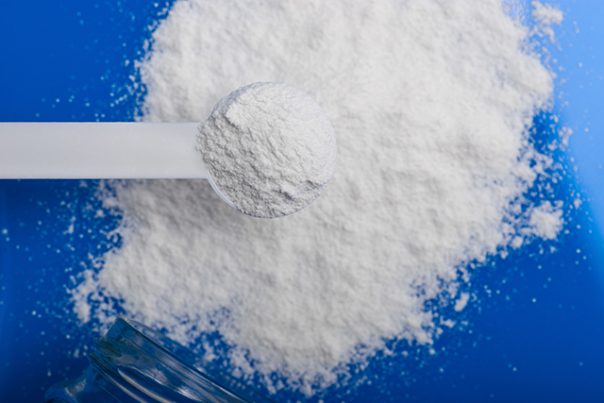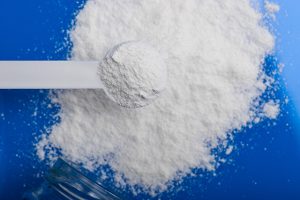
Titanium dioxide sources, health risks
Saturday, October 28, 2017 by Michelle Simmons
http://www.naturalpedia.com/titanium-dioxide-sources-health-risks.html

Titanium dioxide is the naturally-occurring oxide of titanium. Pure titanium oxide is a fine, white powder that gives a bright, white pigment. It is produced in two main forms, pigment grade titanium dioxide and ultrafine-grade nanomaterial product. The pigmentary form uses titanium dioxide’s light-scattering properties in applications that need white opacity and brightness. On the other hand, the ultrafine-grade form is used when various properties, which include transparency and maximum ultraviolet light absorption, are needed, such as in cosmetic sunscreens.
It has been used in industrial and consumer products, such as paints, coatings, adhesives, paper, plastics and rubber, printing inks, coated fabrics and textiles, as well as ceramics, floor coverings, roofing materials, cosmetics, toothpaste, soap, water treatment agents, pharmaceuticals, food colorants, automotive products, sunscreen, and catalysts.
Foods that may contain titanium dioxide include cottage, cream, processed cheese, condiments such as mayonnaise, mustard, horseradish cream, and vinegar, nut spreads such as almond or peanut butter, desserts such as custard, tapioca pudding, or sorbet, sausages, processed meats, confectionery sugar, canned fish products, dairy drinks such as chocolate milk, eggnog, kefir or whey-based drinks, potato and macaroni salad, energy drinks, and processed snacks.
Titanium dioxide is also known as titanium (IV) oxide, titania, rutile, anatase, brookite, 1385RN 59, 1700 White, A 200, A 330, bayertitan R-FD 1, bayertitan R-FK 21, and C.I. pigment white 6.
Titanium dioxide has a chemical formula of TiO2.

Harmful effects that can be caused by titanium dioxide
There are some harmful effects that titanium dioxide can cause to the body. Titanium dioxide can potentially cause cancer in both the lungs and skin because of the particles that can be inhaled, ingested, or absorbed through skin. Exposure to titanium dioxide can also cause inflammation. It also increases the oxidative stress in the body, which in turn stimulates DNA and cell damage. Moreover, the mineral attracts impurities that may be harmful to the body and may be carcinogenic. Titanium dioxide can damage the gut lining as it can increase the risk of Crohn’s disease and ulcerative colitis.
Body systems harmed by titanium dioxide
There are a few body systems harmed by titanium dioxide. The mineral is harmful to the integumentary system. Particles of titanium dioxide can cause irritation in the skin when in contact. If its particles come in contact with the eyes, it may cause slight irritation, tearing, blinking, and mild short-term pain. Titanium dioxide can cause adverse effects in the respiratory system. When inhaled, it can cause irritations in the nose and throat. In addition, titanium dioxide can potentially cause cancer based on animal studies.
Where to learn more
- Titanium dioxide in vitamins and supplements: Is it safe for human consumption?
- Is titanium dioxide a safe filling agent?
- A dangerous compound is lurking in chewing gum
- Chemicals.news
- Poison.news
Summary
Titanium dioxide is the naturally-occurring oxide of titanium used in industrial and commercial products. It is used to scatter visible light, thus imparting whiteness, brightness, and opacity.
Titanium dioxide increases the risk of cancer, stimulates inflammation, attracts impurities, and harms the lining of the gut.
Titanium dioxide is harmful for the integumentary and respiratory systems.
Titanium dioxide can harm the eyes as it causes slight irritation, tearing, blinking, and mild temporary pain.
Sources include:
Tagged Under: Tags: Titanium Dioxide





